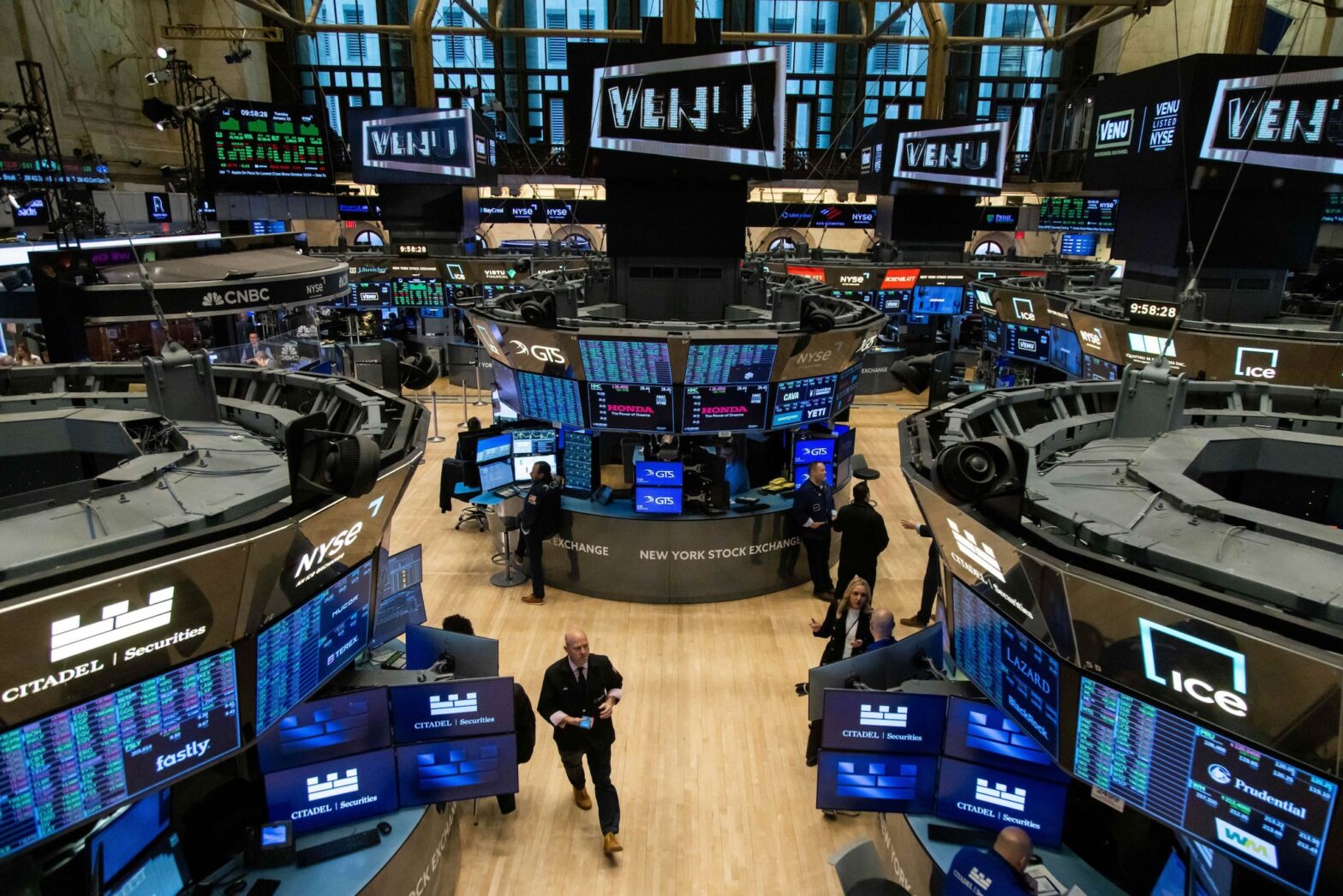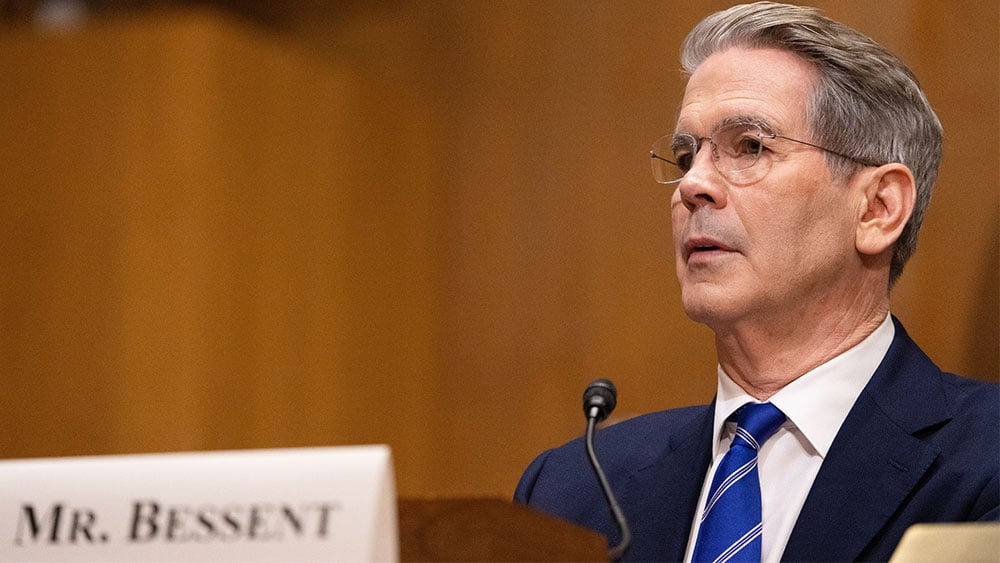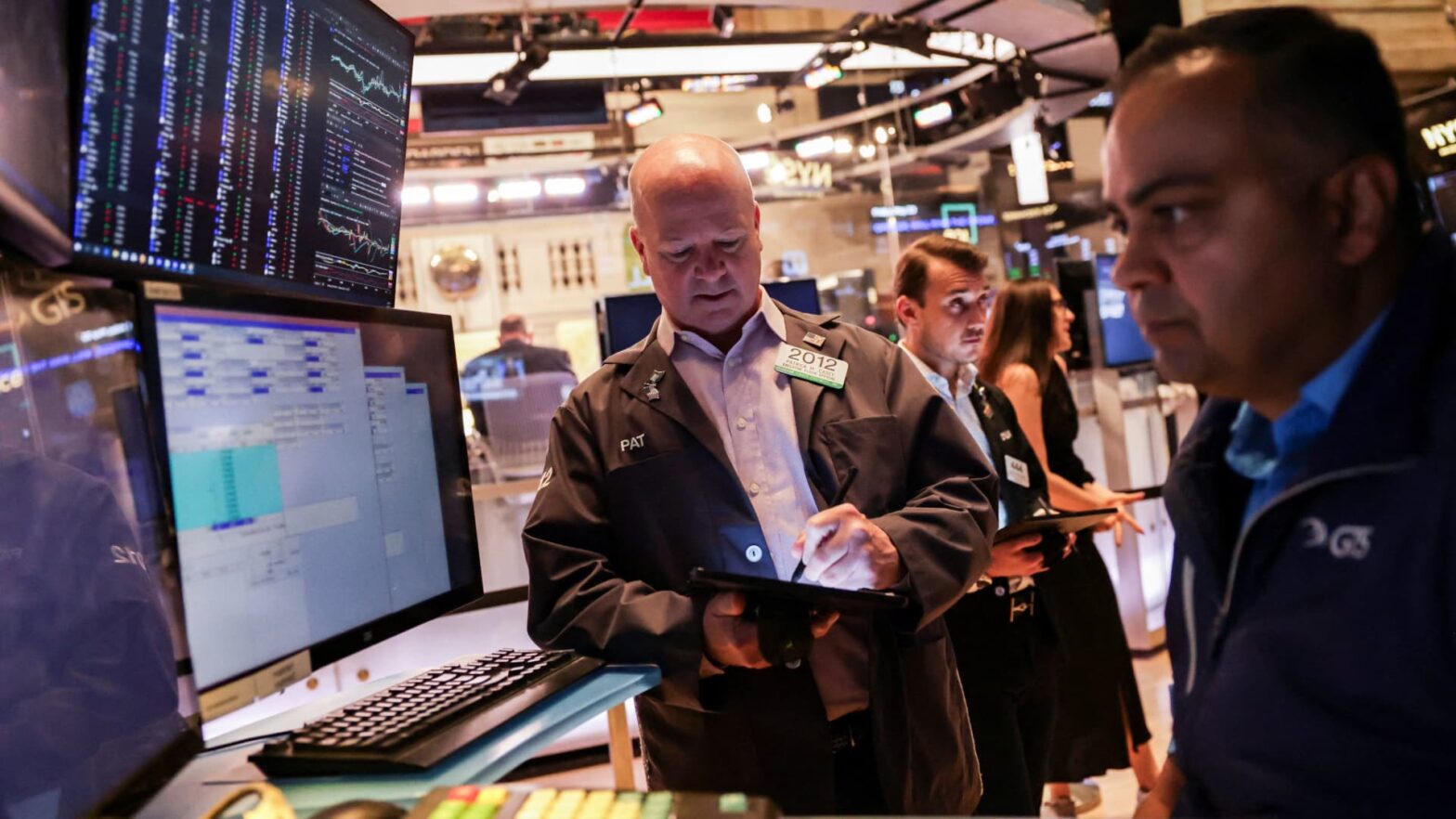Fiona Tapp
4 min read
In the wake of the President Donald Trump’s announcement of “Liberation Day” tariffs, the stock market tumbled. And that included Gap Inc. (GAP) and stocks of other retail companies that rely heavily on overseas manufacturing.
Be Aware: Trump Isn’t Ruling Out a Recession This Year — What Could That Mean for Your Wallet?
Find Out: These 10 Used Cars Will Last Longer Than an Average New Vehicle
Investors who are considering taking advantage of this decline may well be wondering whether now is the right time to “buy the dip” in the stock or whether caution should prevail in light of the ongoing tariff battle.
The reciprocal tariffs sent shockwaves through U.S. retail stocks, though the Trump administration has since announced a pause on most reciprocal tariffs. Still, companies like Gap, which depend on international manufacturing, are feeling the effects.
For Gap, which manufactures a significant portion of its apparel in countries like China, Vietnam and Bangladesh, the immediate impact of the new tariffs was a sharp decline in its stock price. As of April 17, Gap stock is down almost 23% for the year.
To assess whether buying the dip in Gap stock is a sound decision, it’s essential to look at both historical performance and the current economic climate. Over the years, Gap has weathered numerous challenges, from changing consumer preferences to fluctuations in global trade policies.
In past instances of market turbulence, Gap’s stock has typically rebounded after initial declines. This historical pattern could indicate that the company could once again recover from the current downturn.
However, the sentiment surrounding Gap’s future is may be more mixed this time around. While Gap’s brand strength and global presence could help it navigate through these turbulent waters, the current geopolitical uncertainty adds a layer of risk. The tariffs, which target a wide array of goods, could have a longer-lasting impact on the company’s profit margins. Additionally, consumer demand for affordable clothing may be affected if prices rise as a result of the tariffs.
Despite these risks, some experts maintain that Gap is well positioned to adapt. The company has made efforts in recent years to streamline its operations and diversify its supplier base. In fact, according to Fortune, Gap CEO Richard Dickson recently spoke at the Shoptalk retail industry conference. “Big credit goes to our supply chains. We’ve been working on diversifying our manufacturer footprint for quite some time. Less than 10% of our product is coming out of China,” he said.















